Modern Surgical Pathology Through the Expert Eyes of APSS-USCAP
$300
Modern Surgical Pathology Through the Expert Eyes of APSS-USCAP
COURSE DESCRIPTION
This inaugural co-branded interactive microscopy course presents the synergistic union of expert surgical pathologists from the prestigious Arthur Purdy Stout Society and from USCAP, collaborating (through education of pathologists) to eliminate a variety of practice gaps in diagnostic surgical pathology. For example, there is a misdiagnosis rate of about 10% in breast biopsies, but for some notoriously problematic lesions, the rate is even higher.
A review of the literature and the collective clinical experience of this faculty as consultant surgical pathologists have clearly documented areas in diagnostic surgical pathology that remain problematic even for experienced pathologists. Examples include the categorization of proliferative breast lesions, cervical intraepithelial neoplasia, small glandular proliferations in the prostate, and soft tissue lesions. With the frequent use of core needle biopsy, pathologists are often faced with the challenge of distinguishing these entities on small specimen samples.
The value of this course is its intent to eliminate diagnostic errors by highlighting pitfalls and approaches to resolve them using routine microscopic examination of H&E-stained sections and immuno-stains. The role of newer adjunctive molecular tests will also be discussed where appropriate. Thus, this course addresses medical knowledge and competence with the goal of improving clinical practice.
COURSE OBJECTIVES
• Evaluate diagnostic criteria and clinical significance of various common and uncommon benign, in situ and
malignant lesions of the breast, GI and GYN tract, prostate, lung, head and neck and soft tissues in core
needle biopsy specimens and surgical specimens
• Describe differential diagnostic problems commonly encountered in these sites and develop strategies to
resolve them in the practice environment
• Eliminate diagnostic error by highlighting pitfalls and approaches to resolving them in surgical pathology
using both routine microscopic examination of H&-stained sections and immuno-stains
• Discuss the uses and limitations of immunohistochemistry in diagnostic surgical pathology
• Discuss the role of newer adjunctive molecular tests where appropriate
• Address both medical knowledge and competence with the goal of improving clinical practice
Read about the faculty and their relevant contemporary topics, then select Register, and become immersed in this multi-organ approach to diagnostic accuracy!
There is ample time to explore Palm Springs from mid-century modern architecture to desert hikes, trendy restaurants, coffee houses and bars. First class mentoring in a world class destination!
The United States and Canadian Academy of Pathology is accredited by the Accreditation Council for Continuing Medical Education (ACCME) to provide continuing medical education for physicians.
The United States and Canadian Academy of Pathology designates this live activity for a maximum of 32 AMA PRA Category 1 Credits™. Physicians should claim only the credit commensurate with the extent of their participation in the activity.
The USCAP is approved by the American Board of Pathology (ABP) to offer Self-Assessment credits (SAMs) for the purpose of meeting the ABP requirements for Maintenance of Certification (MOC). Registrants must take and pass the post-test in order to claim SAMs credit. Physicians can earn a maximum of 24 SAM credit hours.
Only logged in customers who have purchased this product may leave a review.
Related Products
VIDEO MEDICAL
VIDEO MEDICAL
VIDEO MEDICAL
VIDEO MEDICAL
VIDEO MEDICAL
VIDEO MEDICAL
VIDEO MEDICAL
VIDEO MEDICAL
VIDEO MEDICAL
VIDEO MEDICAL
VIDEO MEDICAL
VIDEO MEDICAL
VIDEO MEDICAL
VIDEO MEDICAL
VIDEO MEDICAL
VIDEO MEDICAL
VIDEO MEDICAL
Head and Neck, and Endocrine Pathology: Potpourri of Non-Neoplastic Lesions and Neoplasms
VIDEO MEDICAL
VIDEO MEDICAL
VIDEO MEDICAL
VIDEO MEDICAL
VIDEO MEDICAL
VIDEO MEDICAL
VIDEO MEDICAL
Diagnostic Challenges in Urologic Pathology: The Usual Suspects and The New Kids on the Block
VIDEO MEDICAL
VIDEO MEDICAL
VIDEO MEDICAL
VIDEO MEDICAL
VIDEO MEDICAL
VIDEO MEDICAL
VIDEO MEDICAL
VIDEO MEDICAL
VIDEO MEDICAL
VIDEO MEDICAL
VIDEO MEDICAL
VIDEO MEDICAL
VIDEO MEDICAL
VIDEO MEDICAL
VIDEO MEDICAL
VIDEO MEDICAL
VIDEO MEDICAL
VIDEO MEDICAL
VIDEO MEDICAL
Placental Pathology – A Tour of Common and Rare Pathologies with a Focus on Clinical Relevance
VIDEO MEDICAL
VIDEO MEDICAL
VIDEO MEDICAL


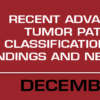
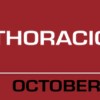

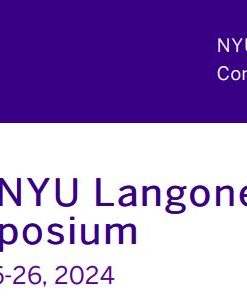
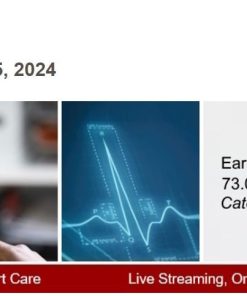
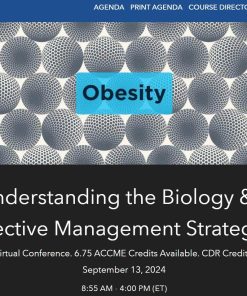
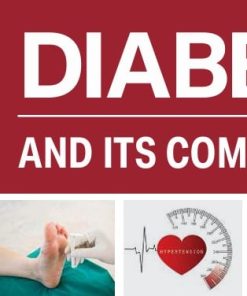
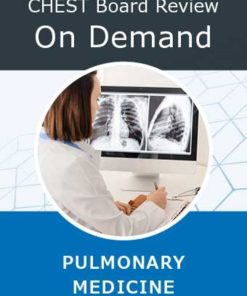
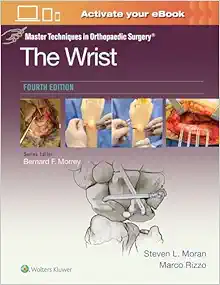
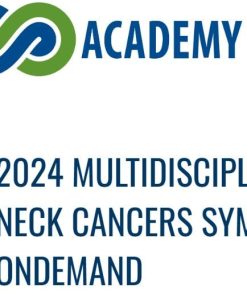

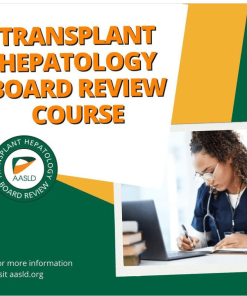
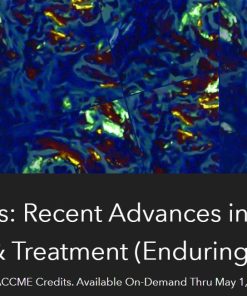
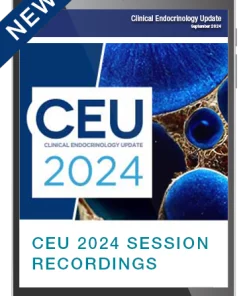
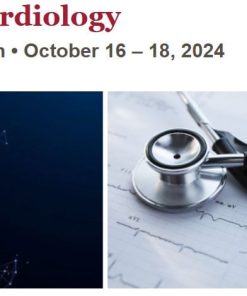
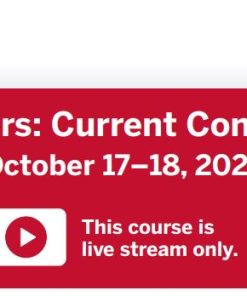
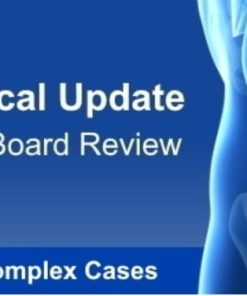
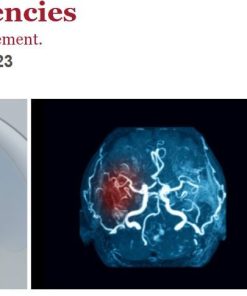
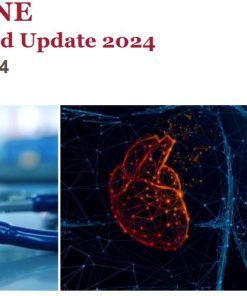
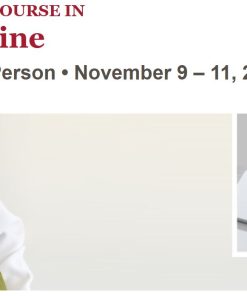

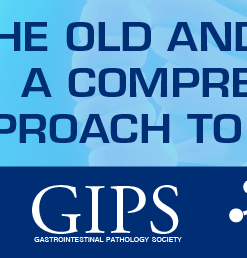

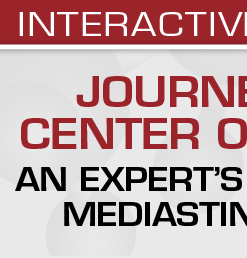
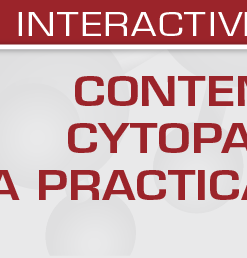

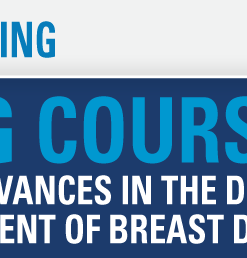

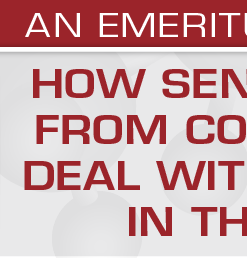
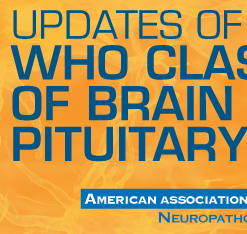
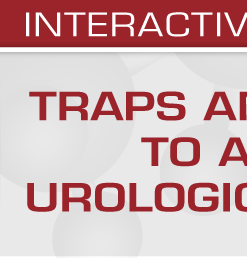
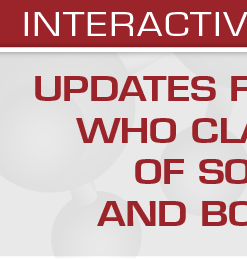

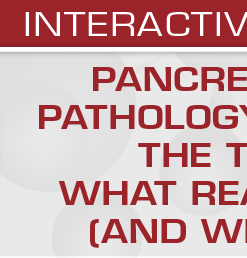

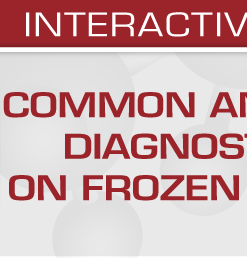
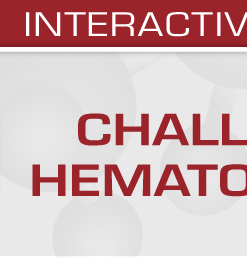

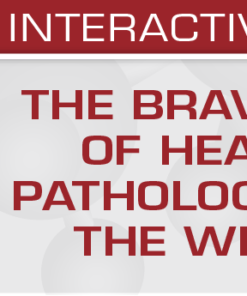



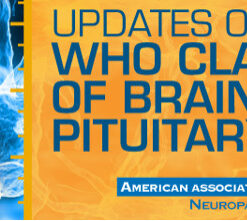
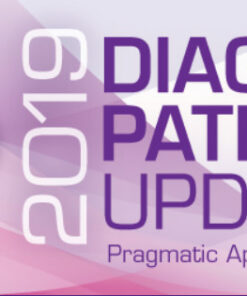
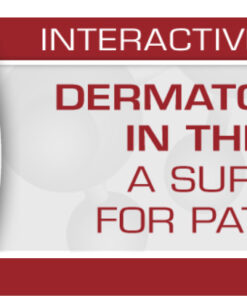
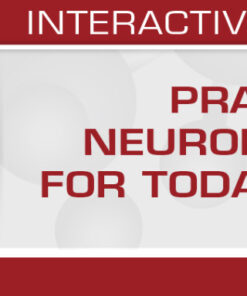

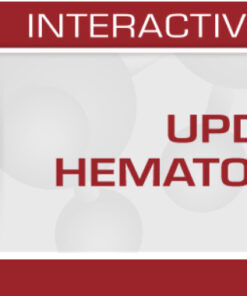
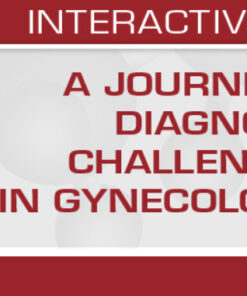
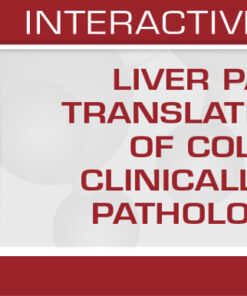

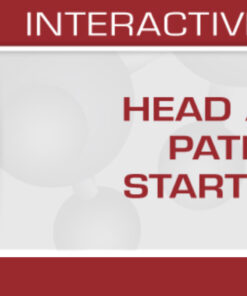
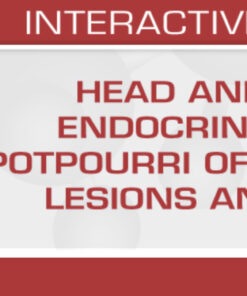
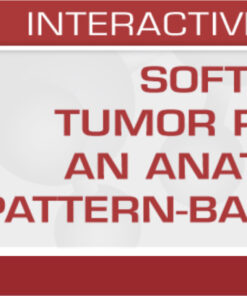
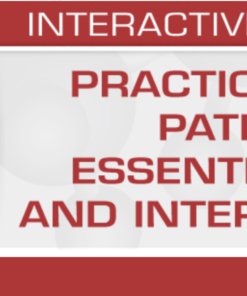
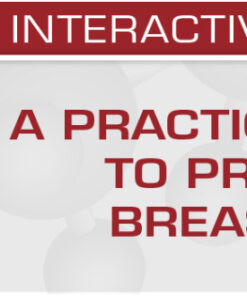
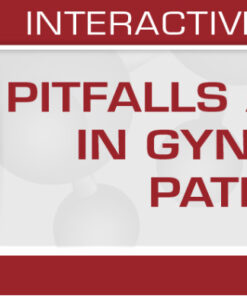
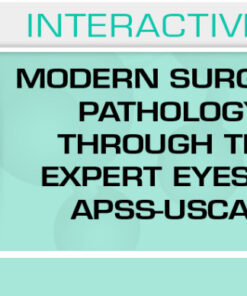
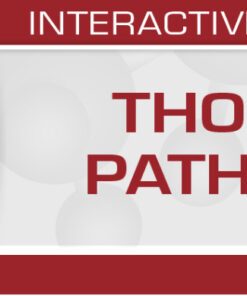
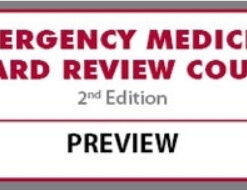
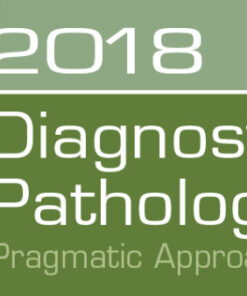
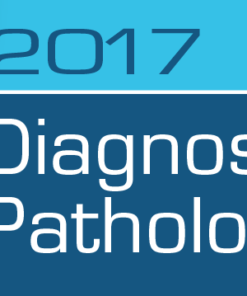
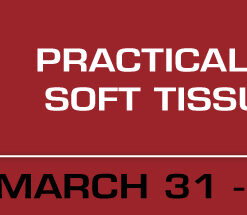
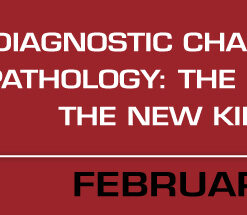
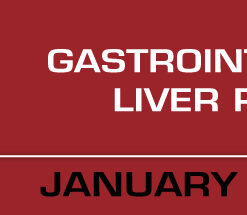
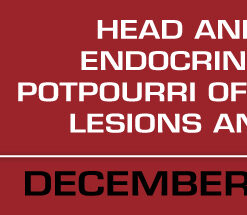
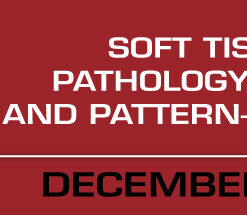
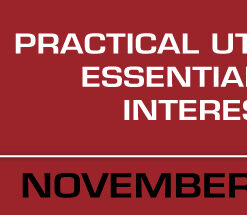
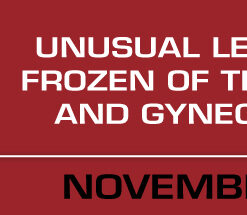


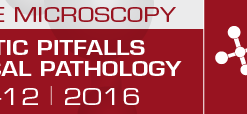
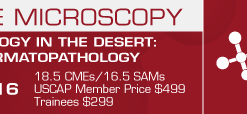
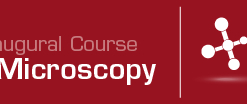
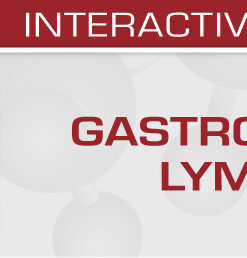
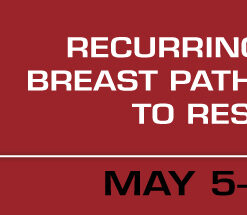

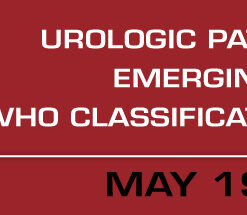
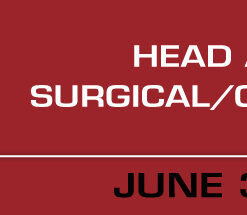

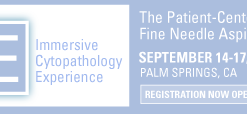

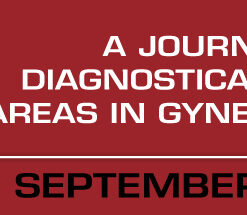
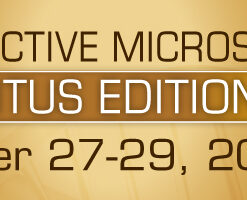
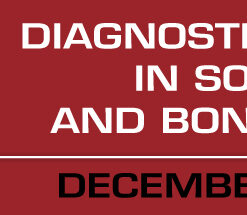
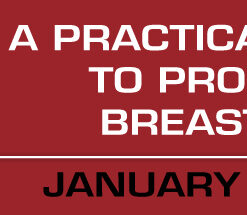
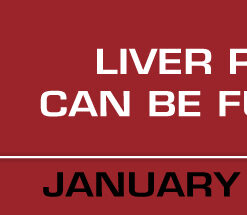


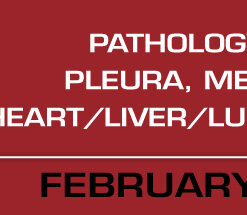
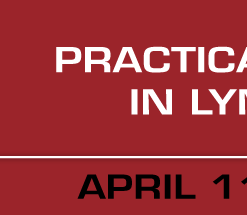
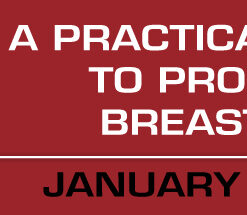

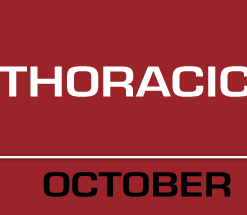
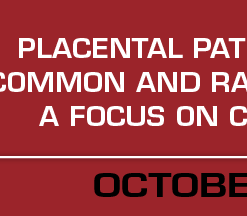
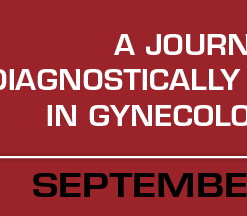
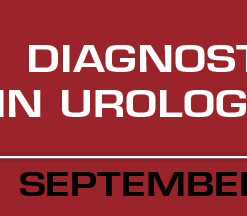

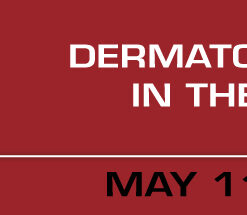

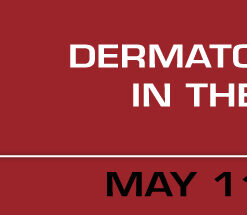

Reviews
There are no reviews yet.